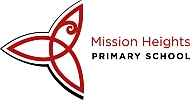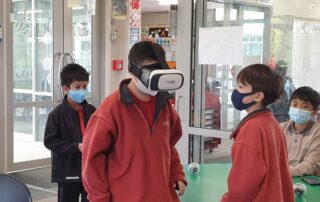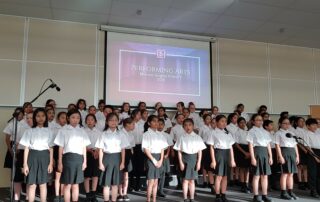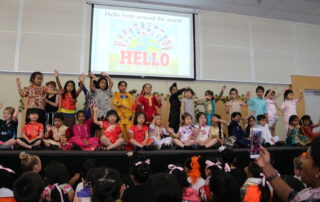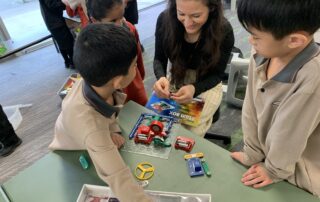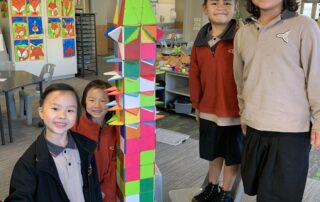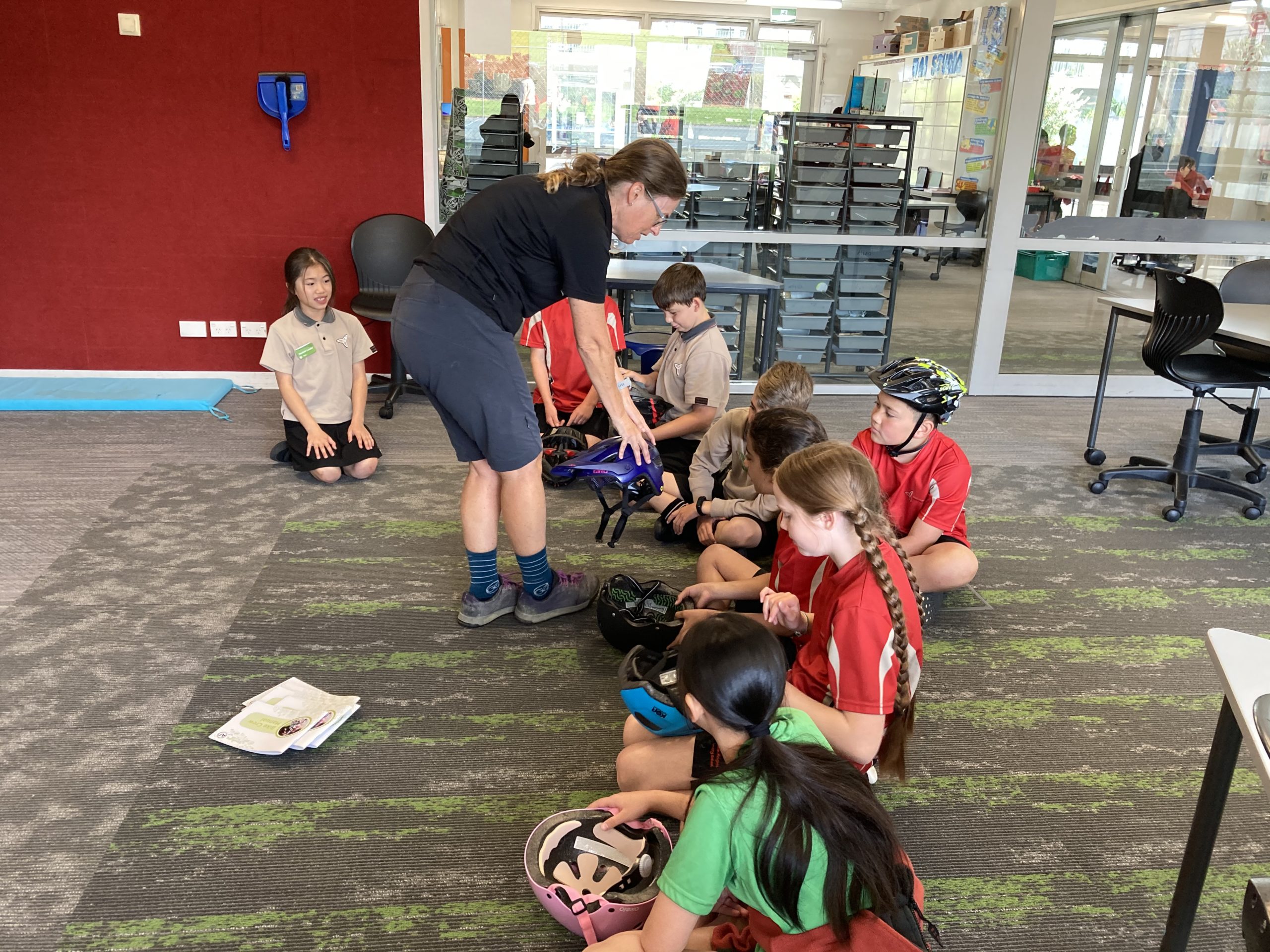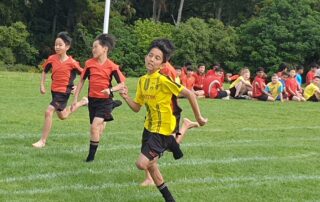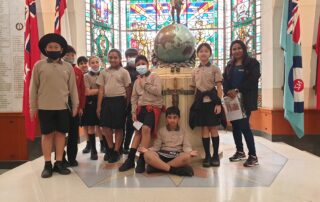At Mission Heights Primary School all students will experience valuable and exciting learning opportunities that will enable them to become confident, active, reflective and high-achieving independent learners. The school emphasises a positive, safe and supportive environment where lifelong learning will be fostered.
We strongly believe that high expectations set from the early years of schooling ensure that students are active in their own learning. Students need to understand how they learn best, and to develop their own identities as learners and as member of the community. The New Zealand Curriculum and its values, principles, key competencies and learning areas underpin all learning, teaching and assessment at Mission Heights Primary School.
The following principles underpin the Mission Heights Primary School curriculum. Mission Heights Primary School provides a learning environment where:
- all students are engaged in challenging, appropriate and meaningful work;
- all students experience effective teaching;
- key curriculum learning opportunities are embedded in the class programme;
- students can explore their interests and curiosities as well as master basic skills in literacy and numeracy;
- hands-on and authentic learning experiences are integrated;
- te reo me ona tikanga Māori is integrated in meaningful and appropriate ways;
- effective assessment tools and strategies are used to co-construct learning;
- students and staff engage in positive learning communities;
- teaching is reflective, effective and research-based;
- appropriate services and resources are accessible to staff and students to support ongoing learning and the pursuit of excellence.
From the New Zealand Curriculum to the MHP School Curriculum
The Mission Heights Primary School curriculum gives effect to the New Zealand curriculum by addressing the particular needs, interests and circumstances of the school’s community and students. It describes how Mission Heights Primary School will deliver the curriculum, how students’ learning needs will be met, and how students’ achievement will be monitored and assessed. The Mission Heights Primary School curriculum builds on effective pedagogy and an integrated curriculum. The MHP integrated curriculum makes connections across disciplines, to real life and authentic contexts through connections that are both skill-based and/or knowledge-based.
Future Focused Learning
Mission Heights Primary School curriculum is aimed at meeting the needs of its new and growing community, which will continue to become increasingly diverse, where technology and its use will continue to increase and where students will need to be prepared for the ever-changing and complex world of the future. Learning is no longer just about the teaching of facts and ‘content’. It is about acquiring learning capabilities and learning strategies.
We must provide opportunities where students can achieve to the best of their ability across all dimensions of knowledge, skills, attitudes and values. Learners at our school are self-directed, creative and enthusiastic.
The use of innovative technologies and flexible learning facilities, along with our vision of collaboration with Mission Heights Junior College, contributes to the provision of a future focused learning environment. The physical design of Mission Heights Primary School supports the use of digital technologies, as well as fostering a culture of collaboration, visual connectedness, flexibility, openness and interaction.
Health and PE Programme
At Mission Heights Primary our Health and Physical Education programme is based on the New Zealand Curriculum and is in keeping with our vision and values.
Our core values of Courage, Activity, Respect and Empathy (CARE) are explicitly taught and referred to in our teaching and learning. Children are learning to live safely and take responsibility for choices on healthy active living.
Children are taught by MHP staff as well as external facilitators, such as Life Education, NZ Police – Keeping Ourselves Safe Programme and professional sports coaches, this happens through both class teaching time and our ACE programme. Children are involved in regular physical education with our senior students also being involved in sporting competitions which are governed by the HPPA Code of Conduct.
Teachers at Mission Heights Primary School are trained to teach Pause, Breathe, Smile (PBS) which research shows leads to statistically significant increases in wellbeing.
An Integrated Approach
Integration is about unification of learning and experiences that are relevant to students interests from a range of subject areas. At MHP, using integrated approaches to teaching and learning is about seeking the most effective ways to engage students through effective cross-curricular design and planning strategies with authentic assessment practices.
At MHP we use a six step planning model, with the students’ prior knowledge and skills forming the starting point for new learning. Students are able to see how knowledge, skills and values are connected and learning is not so constrained by the boundaries of subject areas. Students have an important role in deciding on contexts that interest them in order to make learning more relevant, authentic, interesting and personally worthwhile for them. The integrated approach incorporates literacy and numeracy learning wherever appropriate and allows teachers to easily include such components as inquiry, information technologies and thinking skills.
Personalised learning
Mission Heights Primary School has a commitment to personalised learning across the curriculum. Personalised learning is more than ‘individualised’ learning or ‘child-centred’ learning although these aspects are still important; it is about putting students at the centre of the learning process and empowering them to make decisions about their learning and to understand the learning process.
At Mission Heights Primary School, personalised learning is achieved through:
- effective teaching that utilises a variety of techniques and approaches, is informed by research and developed through professional development
- assessment for learning, giving teachers an in-depth knowledge of the future learning needs of their students, and where students know what they have learnt and where they need to go next with their learning
- high expectations, where students are constantly challenged to achieve to the best of their ability and to take control of their own learning
- engaging and challenging curriculum, allowing teachers to deliver a programme that is relevant to their students and that integrates digital technologies and other resources
- a strong engaged community, where the diversity found across families is valued and used as a learning resource, and where parents and whānau are involved in the learning process wherever possible
